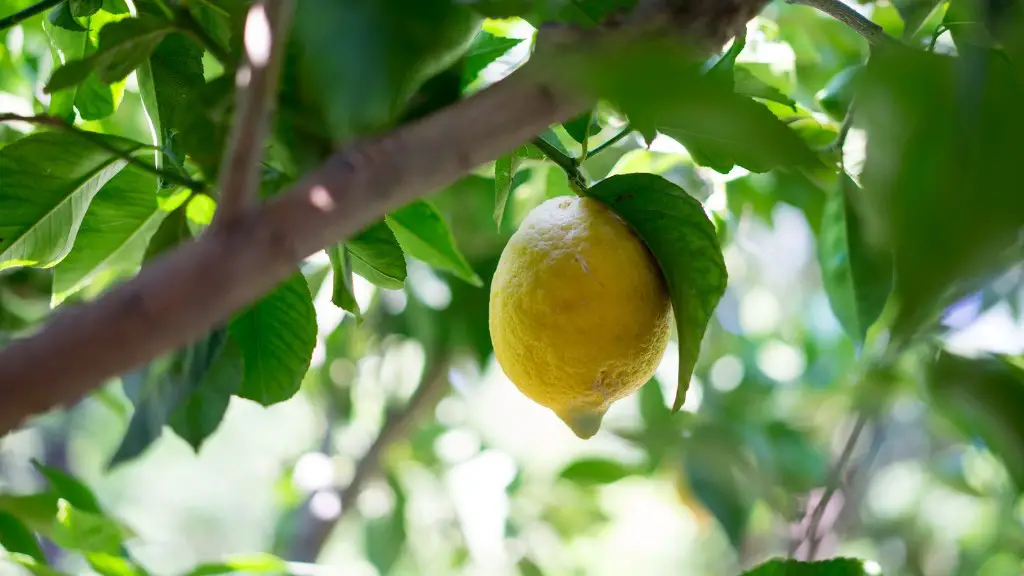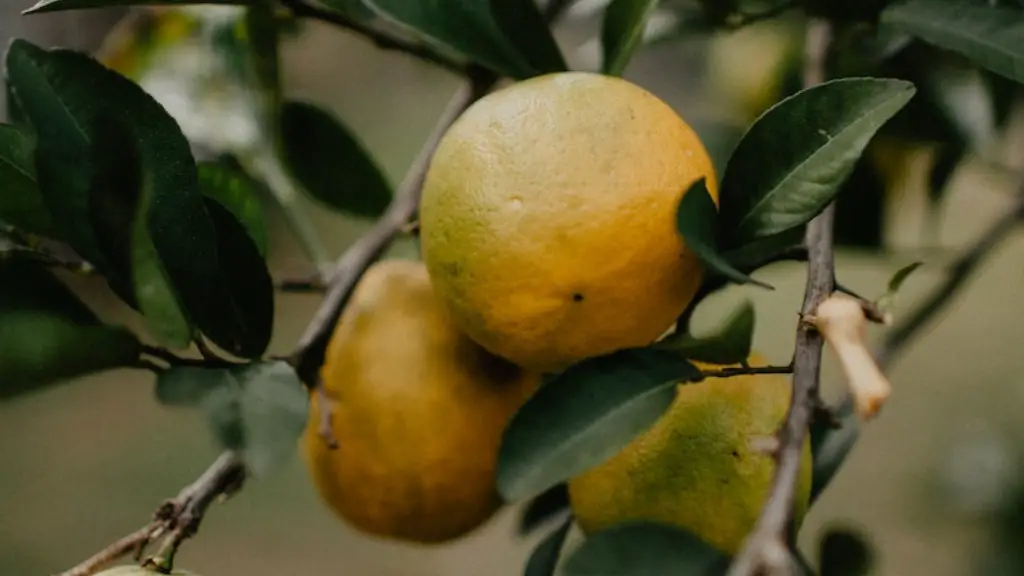Having a palm tree in your home adds visual interest, texture, and gorgeous color. Contrary to popular belief, it’s not all that difficult to take care of a palm tree indoors. Knowing what kind of plant you have, keeping an eye on natural pests and disease, and ensuring you provide the right amount of sunlight and water are essential factors in preserving a healthy palm tree. This article provides tips on how to care for palm trees inside your home.
When buying an indoor palm tree, a good place to start is with a foxtail, kentia, parlor, or lady palm. These 4 palm species are the most popular and easiest to take care of indoors. They’re also less likely to succumb to diseases while being more tolerant of the typical indoor environment.
Generally, palm trees need bright light, but not direct sunlight. For example, the parlor palm needs bright, indirect light, but too much sun can damage its leaves. So it’s best to keep it in a spot away from any direct sunlight.
Depending on the indoor palm species you have, water requirements differ. Generally, indoor palms should be watered moderately, with some (like the kentia palm) requiring more frequent watering than others. Be sure to check the soil for dryness before watering and never let your palm sit in water. Too much water can lead to root rot, so it’s important to keep the soil moist but not soggy.
Like all plants, indoor palm trees need to be fed regularly. The preferred methods are nutritional supplements that are specifically formulated for palms or slow-release liquid fertilizer. Added natural compost will also help. If you notice yellow leaves, reduce the fertilizer inputs as this could be a sign of overfertilizing.
Indoor palms may also be prone to some common pests and diseases. To prevent possible problems, make sure you give your palm plenty of light. Inspect for spider mites, scales, and mealybugs as these are often found on palm leaves. Yellow fronds indicate your palm is likely deficient in magnesium or iron, both of which can be remedied with a fertilization program.
Finally, pruning your indoor palm will lead to better air circulation and more attractive foliage. The palm should be pruned during spring and summer when its growth is most active. Pruning is generally done to get rid of dead fronds, although some palms may need extra pruning to maintain their shape. Trimming an indoor palm should be done gently with sharp pruning shears.
Humidity
It’s important to maintain high humidity levels for your indoor palm tree. You can do this by misting the leaves daily, keeping a bowl of water near the plant, or placing the pot in a large tray or pot filled with stones and water. Poor humidity levels can cause your palm to yellow or drop its fronds, which means it’s in a state of extreme dehydration.
Pot Size
When it comes to the perfect pot size for your palm, it’s best to go one size up from its current pot. This allows extra room for the roots to develop while accommodating the soil’s water requirements. The pot should also have good drainage holes at the bottom.
Transplanting
Transplanting is something that should only be done when absolutely necessary. Remember, a palm tree will experience shock when it’s transplanted and may take awhile to recover. Transplanting should be done in the springtime before the tree starts growing or when conditions are optimal for stress-free growth.
Cleaning
Another way to make sure your indoor palm tree stays healthy and vibrant is to give it a good cleaning every once in a while. A soft brush with warm water is ideal for getting rid of any dirt or dust, ensuring the tree stays clean and free from pests or diseases.


